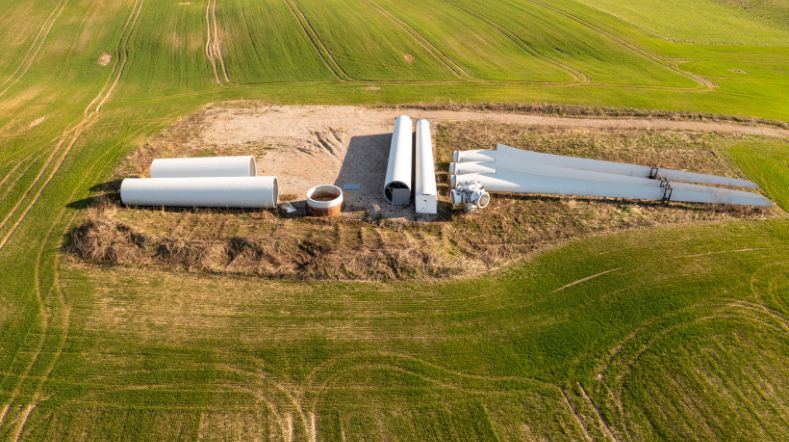
Innovations for the large wind turbines of the future
New generations of wind turbines are following one another in rapid succession. Increasingly, longer blades allow for higher energy production and lower costs per kilowatt hour. We expect that in just a few year's time, the maximum length of the wind turbine blade will have been increased from around 100 to about 150 metres. However, every additional metre requires preliminary in-depth research, since the forces exerted on each blade increase very significantly. In this regard, TNO is closely collaborating with major international parties such as GE Renewable Energy and LM Wind Power, but also with Dutch companies.
Pushing boundaries
TNO has traditionally focused on developing and applying innovative designs and construction methods to push the boundaries of physics ever further. Over the past decade, TNO has been a partner in a number of pioneering EU projects, such as UpWind, INNWIND, and AVATAR. The aim was to demonstrate that large offshore wind turbines are technically feasible. For INNWIND, this involved wind turbines of 10 to 20 gigawatts (GW). Several innovative designs were developed, which significantly reduced the so-called Levelized Cost of Energy (LCoE).
The aim of the AVATAR project (Advanced Aerodynamic Tools of Large Rotors), was to develop aerodynamic and aeroelastic models. This resulted in a series of improvements to the models used in the design of large turbine blades. Through these projects, industry is now able to design state of the art wind turbines.
Testing and validation
Testing and validation at full scale is of utmost importance. For testing wind turbine blades and innovative blade tip designs, we are working together with GE and LM Wind Power on the STRETCH project, and the TIADE project, respectively . Upscaling (stretching) the blade length requires implementing alternative blade concepts, different materials and new methods of attaching the blades to the rotor. In the new test centre in Wieringermeer, numerous innovative concepts for attaching blades to the hub are being tested in practice.
For the TIADE (turbine improvements for additional energy) project, we are making a number of changes to the blade that will improve the all-round airflow and thereby increase the yield. For this we use one of GE's wind turbines located at the Wieringermeer test site. All possible factors are measured, such as the airflow around the blades, loads, vibrations and more. The researchers validate the improvements to the blades using advanced measuring techniques. All the data obtained is fed into our models. It’s always about finding the ideal balance between low structural stress, and a high yield delivered at an acceptable cost.
Performance and sustainability
TNO's unique knowledge is comprised of expertise in the fields of aerodynamics, aeroelasticity and controls. It focuses not only on improving the performance, but also on the durability of wind turbine blades. One of the problems is the so-called water droplet impact on the blade tips. Due to the high speeds, the tips of the blades are subject to erosion by rainfall.
A major research programme is under way in the North Sea in which TNO is measuring rainfall and its intensity at various altitudes at strategic locations. This data is important in order to be able to properly map out the water droplet erosion, as well as the combined effects of water droplet impact and blade tip speed. Based on these findings, turbine manufacturers are able to take pre-emptive measures, to prevent wear, such as, for example, improved coatings.
Damage by raindrops
Together with partners from the GROW consortium, TNO developed in the WINDCORE project control strategies for wind turbines to limit damage to the blades caused by raindrops. For instance, a strategy was developed for optimally controlling the rotor speed during a rainstorm. Better control mechanisms reduce maintenance costs and increase wind turbine yields.
Future blades
In the 'Future Blades’ study, TNO mapped out all aspects related to the testing and certification of 145-metre blades, the probable standard length around the year 2040. The maximum yield of a 15 megawatt wind turbine of today, will by then have almost doubled. In the report of the same name, design, construction, transport, installation and maintenance were all closely examined.
If the trend continues, wind turbines will have 145-metre blades in 2040. In the report entitled ‘Future Blades’, TNO investigates what these blades might look like but, above all, how they have to be tested and certified. Physical testing, as done currently, is almost impossible on blades of this length.
Get inspired
Improving wind turbine maintenance with the sensor installation robot
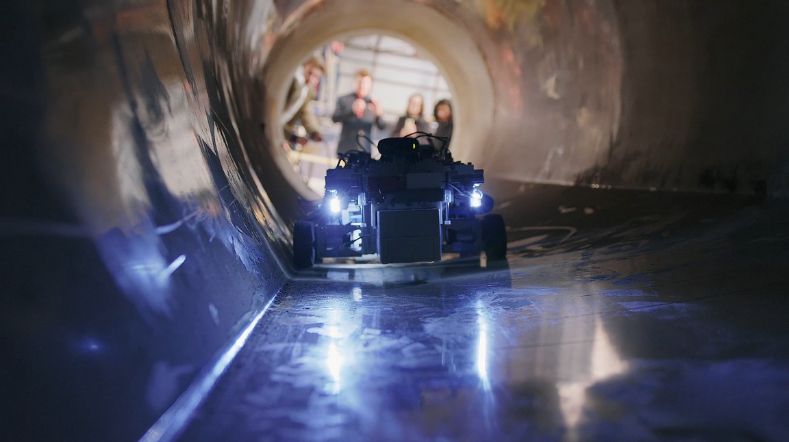

Project launched for recycling wind turbine blades
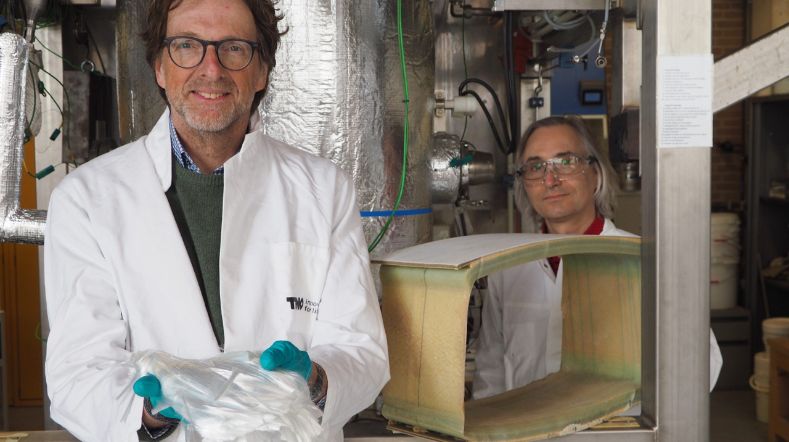

TNO research leads to better damage prediction for offshore wind turbine blades
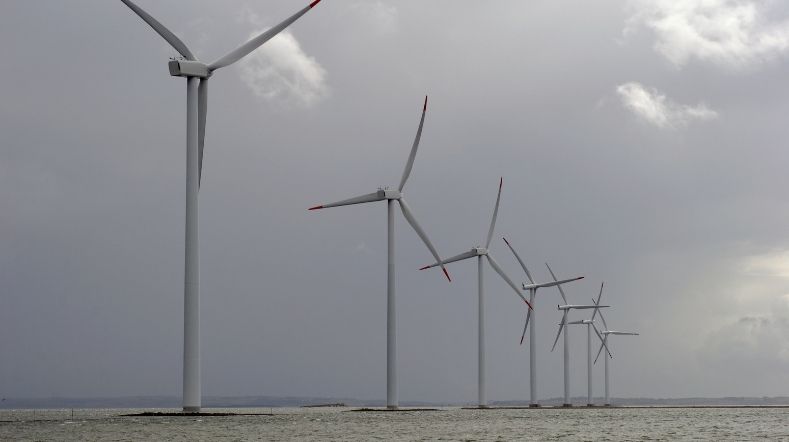

Better damage prediction for wind turbine blades through unique weather measurements at sea
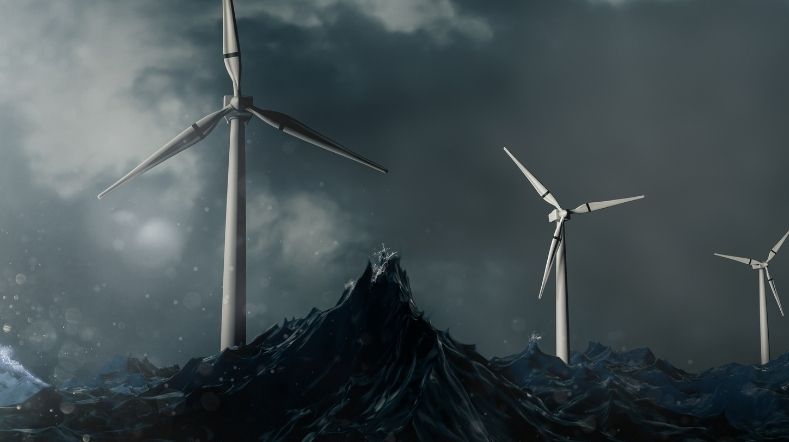

First study on public perception of wind turbine circularity
